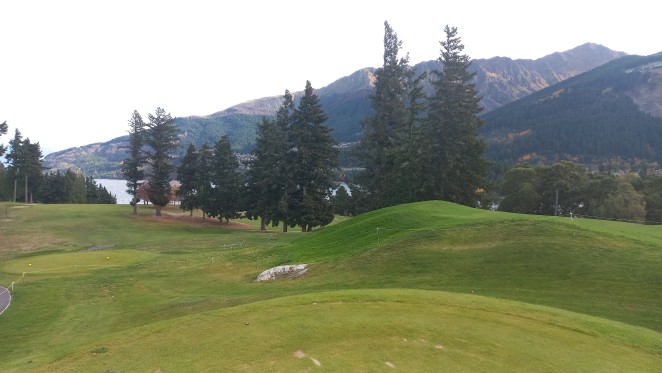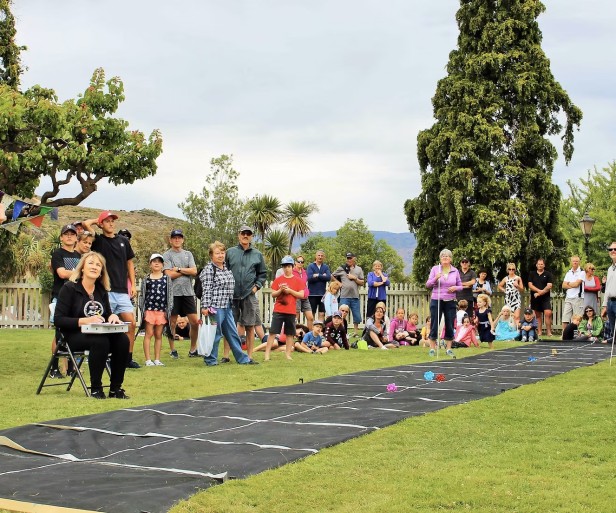Hundreds of trees to be felled on Kelvin Heights golf course Course Closed For Two Weeks

About 470 trees are likely to be felled from Kelvin Heights Golf Course, most of them this month – at least 330 Douglas Firs and 100 aging poplars, because of safety and nuisance concerns.
Queenstown Golf Club Board of Management chairperson Athol Stephens says the golf course will be closed from May 8 until 22 while the extensive tree felling work is carried out.
The Douglas Firs – a noxious plant, which has been a pest since the early golf course founders formed a committee to build the course in 1968, drop cones, windblown branches and spread seedlings far and wide, he says. “Tree roots have been gradually penetrating across the fairways which is not entirely satisfactory and they’re very thirsty trees that swallow up water.”
The poplars – a golden splendour at this time of year, have been assessed by an arborist as being 50 to 60 years old and in declining health, so unfortunately they have to come down too, he says. “We estimate about 100 poplars will have to come down, including the row directly opposite Grove Lane. One snapped off several years ago quite unexpectedly and one could fall with tragic consequences,” says Athol.
Five gum trees will also be removed.
The club leases the course from the Queenstown Lakes District Council, which therefore owns the trees. The council has granted permission to fell 427 trees, with the club applying to fell a further 43 – that decision expected in June. It first approached the council’s community and services committee in August or September last year with the proposal and Athol says they’ve been working through the plan with council staff.
“For every tree that’s felled the club has to replace it with two, mostly natives or deciduous exotics, so we will be planting up to 940 trees in this project,” he says. “It all depends on funds and availability of stock, but we want to do it right and make it look great. The liquid ambers are just magnificent this year.” He says there’s an opportunity to especially enhance the northern slopes inside and outside of the golf course with fabulous deciduous exotics.
Peninsula Walkway trees surrounding the course are outside of the club’s lease and won’t be touched, he says.
Local landscape architect Rebecca Lucas is designing the landscaping plan.
The club will stump up between $50,000 and $70,000 for the poplar work with the Wakatipu Conifer Control Group providing support funding for the Douglas Fir removal.
The council has donated the timber felled to the club to sell and Athol says that will help offset some of the costs with building supplies in demand at present, says Athol. “Douglas Fir is a good framing timber. It’s straight, stiff and water resistant.”
Unfortunately, he says, the Wakatipu Reforestation Trust, which really wanted to help, doesn’t have enough spare tree stocks, so the club is hoping to source its natives from specialist nurseries in Invercargill and north of Dunedin.
Closing the course while the work is underway was the only option under health and safety regulations. Other Central Otago golf courses have been very generous in providing their courses for Queenstown Golf Club’s more than 600 members. “A lot of our members think it’s time this happened.”
He says Douglas Firs had started to encroach on the land when the course was built in the early 1970s and more tree felling was done in the 1990s with former course manager John Stephens having to fell 128 during his time.
There’s been a boon in Queenstown Golf Club members in the past 18 months with numbers growing from 487 in June 2021 to 607 last year and 600 now.










